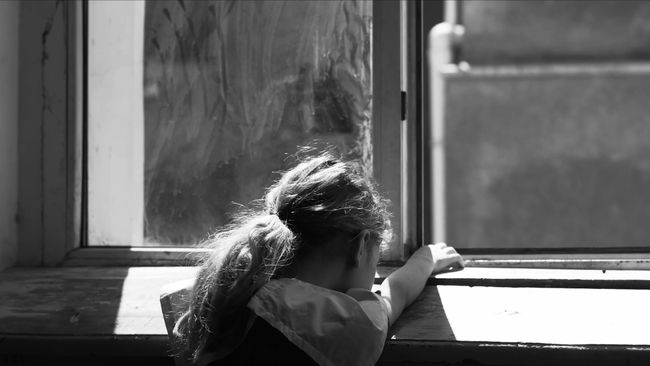The Edge of Daybreak
30 January 2021
For each of the features in competition, IFFR asked a critic, writer, academic or programmer to write a short reflection in a personal capacity. The resulting series of ‘Appreciations’ aims to encourage viewers − and filmmakers − at a time when there is no physical festival. May Adadol Ingawanij shines a light on The Edge of Daybreak.
The crumbling old mansion by the river is a cursed place, according to its housekeeper. Its inhabitants spend their days enacting strange, silent rituals. Creatures – the cobras, the German Shepherd dog – stalk the grounds and occupy the dark interior corners keeping watch on the women. Pailin, the mistress of the house, has just returned from the sanatorium. Her daughter Ploy, a child who does not speak, had almost drowned in an incident of some sort. They are the seers and the sleepwalkers, these women bound to the house. The men in this spellbound world are military personnel with secrets to hide. They move as shadows in the nocturnal spaces shot in black and white.
Taiki Sakpisit’s debut feature film explores the unbearable weight of a country’s violent past and its legacy on a people’s psyche. With its gothic tableaux, its doubling figures of mother and daughter, and its crystalline form entwining past and present, The Edge of Daybreak is an unusual cinematic response to a question that has been growing in urgency among artists and filmmakers in Sakpisit’s homeland: What must art and cinema do to portray Thailand’s legacy of militarisation and impunity? The film is an oblique telling of the story of the decline of a military family, its petrification down the generations. With its portrayal of somnambulant states and its evocation of atrophied dreams and waking nightmares, The Edge of Daybreak asks: What traumas, what psychoses, are repeating themselves in the present? What are the later generations condemned to inherit, and what would begin to break the chain? Will Pailin awake from her mesmeric state? Will Ploy be condemned to inherit the psychoses of her parents and those of the previous generation?
Taiki’s feature film expands the thematic and stylistic concerns that the artist has been developing through a remarkable body of moving image works in the past decade or so. His short films and installations are rhythmically precise audio-visual assemblages registering mental breaking points and states of collective insanity, whose intensity matches the terror of the political dystopia of his homeland. Earlier works such as A Ripe Volcano (2011), The Age of Anxiety (2013), and The Mental Traveller (2019) transform male bodies into mediums and landscapes of intensity through extreme close-ups, aggressive cuts, strobe effects, and sublime use of musique concrète and noise. The gothic, experimental style of The Edge of Daybreak, and with it the shift of attentiveness to symbolic female figures, is a fascinating addition to and an extension of an already singular body of works.
May Adadol Ingawanij is a film theorist, historian, curator, and teacher, specialised in cinema from Southeast Asia.
Appreciations
‘Appreciations’ aims to encourage viewers − and filmmakers − at a time when there is no physical festival. Discover more short reflections on the features in competition.



